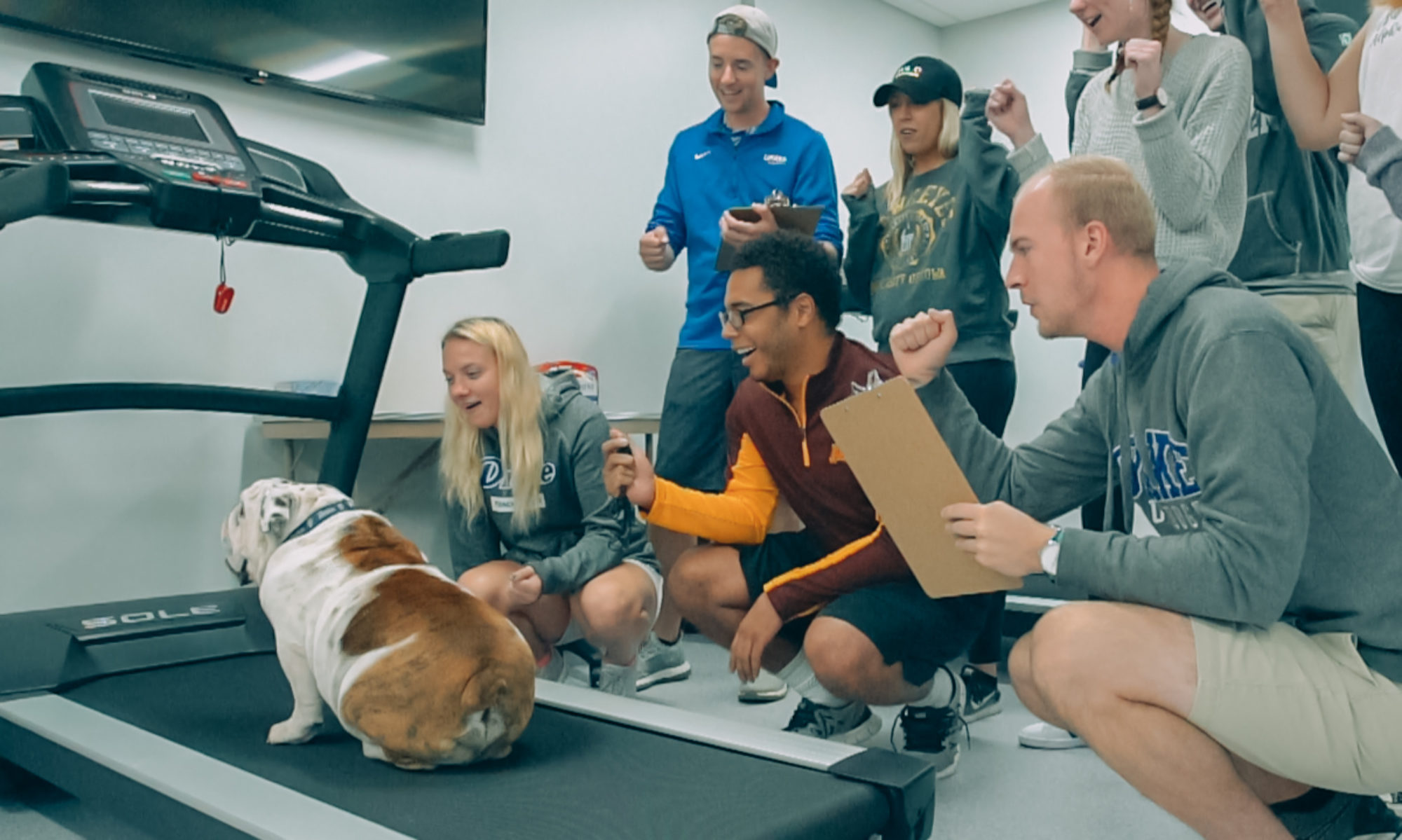Author: Emily Agemura
Introduction
In sports, injuries are inevitable. With the amount of agility, athleticism, and, in some cases, contact involved in sports, it is no wonder why there are so many injuries. One of the most debilitating injuries for competitive athletes are anterior cruciate ligament (ACL) tears. With approximately 250,000 to 300,000 individuals in the United States tearing their ACL every year, it is one of the most common injuries seen by orthopedic surgeons (Erickson, Pham, & Haro, 2016). Individuals who are in sports such as football, basketball, soccer, gymnastics, tennis, and skiing are at an increased risk of an ACL injury (Gulick, 2020). Some other risk factors for ACL injuries in sports may include being female, improper shoes, the playing surface, and dry weather conditions (Alentorn-Geli et al., 2014). Being female may be a risk factor because of the differences in the muscles women use compared to men when using their legs. This difference in muscle activation puts different levels of strain on the ACL and contributes to the higher incidences in females (Cleveland Clinic). Having the right shoes on is also important because they typically help provide traction and stability. It was found that some shoes provide greater traction and support than others, so it is important to carefully research which shoes are best for the sport being played, especially when the sport requires them to play on artificial turf (Alentorn-Geli et al., 2014). Playing on artificial turf has been shown to increase incidence of ACL injuries since it is not as forgiving of a surface as natural grass, and it is easier for a player to get their foot stuck in artificial turf compared to natural grass (Hospital for Special Surgery). If they are playing on natural grass, dry weather can cause the ground to be harder and make it more difficult to remove cleats from the ground, leading to more stress on areas such as the knee (Alentorn-Geli et al., 2014). Since most of these risk factors are uncontrollable, we can see why ACL injuries occur so often in sports .
Continue reading “Treatments and Long-Term Effects of Sports-Related ACL Injuries”